EDINBURGH
The beauty of Edinburgh can never be denied. Â Having been born here and lived here all my life I can honestly say that I never tire of its beauty. Â When you are away on holiday and return on a taxi run through the town and along Princes Street, you can not deny that is is something really special, especially when the Castle is lit up in the evening.
 It is a city of up and down hills and up and down stairs.  The first ‘high rise’ buildings in the whole of the world started here in this city.  Thirteen and Fourteen stories high in the 17th century!!  No lifts then and narrow winding steps up and up and up.  No sanitation and waste thrown from the windows from the residents who who would shout ‘Gardyloo’  as they thrust their human waste from above to the narrow streets below them.  It was no wonder that disease was rife during the centuries.  Folks would carry their water from the wells in the streets up the high flats above.
There is some uncertainty about the early history of Edinburgh, many of the records having been lost in early invasions. However, Edinburgh is believed to have taken its name from Edwin of Deira who fortified the castle rock around 617AD
Edinburgh began as a fort. Castle Rock is an easily defended position so from earliest times it was the site of a fort. In the 7th century the English captured this part of Scotland and they called this place Eiden’s burgh (burgh is an old word for fort). In the 10th century the Scots re-captured the area. Late in the 11th century King Malcolm III built a castle on Castle Rock and a small town grew up nearby. By the early 12th century Edinburgh was a flourishing community.
In 1128 King David I founded Holyrood Abbey. The Abbey was manned by Augustinian canons who gave their name to Canongate. (Gate does not mean a gate in a wall it is from the old word ‘gait’ meaning road).
In the Middle Ages there were friars in Edinburgh. Friars were like monks but instead of withdrawing from the world they went out to preach. In Edinburgh there were Dominican friars (called black friars because of their black costumes) and Augustinian friars (known as grey friars). Both orders lived in friaries on the southern edge of Edinburgh.
Medieval Edinburgh was famous for making wool cloth. Nearby was the settlement of Leith which acted as Edinburgh’s port. The main export was hides. Cattle and sheep were sold at a market in Cowgate. They were then butchered in the town. After 1477 grain and hay were sold in the Grassmarket.
In 1329 Edinburgh was given a charter (a document granting the townspeople certain rights) a sign of its growing importance. However in 1296 the English captured Edinburgh castle. They held it until 1322. Edinburgh suffered in constant warfare between Scots and English. In 1385 the English burned St Giles Kirk and the Town Hall. Despite this Edinburgh continued to grow and by the 15th century it was Scotland’s de facto capital.
At the end of the 15th century the king built Holyrood House. John Knox’s House was also built at the end of the 15th century.
My hometown – I love Edinburgh
Pre 1500AD
Around 340 million BC The castle rock is created by volcanic activity.  Around 900 BC First archaeological evidence for human settlement on the castle  Around AD 600 First historical reference to Din Eidyn – a fortress on the rock
600 Hill fort defences are visible round the main massif of Arthur’s Seat at Dunsapie Hill   – 626 Edinburgh founded by King Edwin of Northumbria  -636 Angles capture Din Eidyn and rename it Edinburgh
1020 Malcolm II permanently annexes Edinburgh to Scotland
1128 Holyrood Abbey founded in Edinburgh by David I, King of Scotland Legend relates that in 1127, while King David I was hunting in the forests to the east of Edinburgh during the Feast of the Cross, he was thrown from his horse after it had been startled by a hart. According to variations of the story, the king was saved from being gored by the charging animal when it was startled either by the miraculous appearance of a holy cross descending from the skies, or by sunlight reflected from a crucifix which suddenly appeared between the hart’s antlers while the king attempted to grasp them in self-defence. As an act of thanksgiving for his escape, David I founded Holyrood Abbey on the site in 1128- 1130 David I builds a formidable royal castle on the rock. It includes a chapel dedicated to his mother Queen Margaret, which still stands.
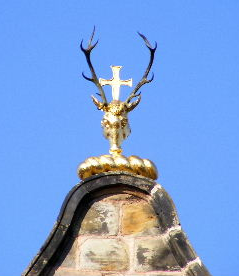
The Antlers and the Cross. Â This is set above the Canongate Kirk in the Canongate, Edinburgh, the Royal Kirk
The Treaty of Edinburgh–Northampton was a peace treaty, signed in 1328 between the Kingdoms of England and Scotland. It brought an end to the First War of Scottish Independence, which had begun with the English invasion of Scotland in 1296. The treaty was signed in Edinburgh by Robert the Bruce, King of Scotland, on 17 March 1328, and was ratified by the English Parliament at Northampton on 1 May. The document was written in French, and is held by the National Archives of Scotland in Edinburgh.
original treaty was written in French, with two copies made, top and bottom, on a single sheet. After the English and Scottish ambassadors verified that the copies were the same, it was cut in half across the middle with a wavy line, so that the two copies could be matched together if ever questioned. The kings did not actually sign the treaty, but signified their agreement by affixing their seals to straps that hang from the bottom of the document. (These wax seals have not survived the years, and are lost from the straps.) The bottom copy of the two originals is in the National Archives of Scotland, in Edinburgh.
1356 David II orders the rebuilding of the castle. David’s Tower is named after him. Â -1385 The English burn St Giles Kirk and Edinburgh Town Hall
1500 – 1600
1500 Edinburgh has a population of about 12,000  -1514 John Knox is born  – 1528 King James V enters city with an army, to assert his right to rule; Holyrood Palace is built for him
James IV was a true Renaissance prince with an interest in practical and scientific matters. He granted the Incorporation of Surgeons and Barbers of Edinburgh (later the Royal College of Surgeons of Edinburgh) a royal charter in 1506, turnedEdinburgh Castle into one of Scotland’s foremost gun foundries, and welcomed the establishment of Scotland’s first printing press in 1507.  He built a part of Falkland Palace, Great Halls at Stirling and Edinburgh castles, and furnished his palaces with tapestries.
-1550 John Napier born in Merchiston Castle , Edinburgh  -1582 Edinburgh University is founded  -1591 Canongate Tolbooth is built.  The Canongate Tolbooth was built in 1591 and over the years served as the municipal building, court and prison for the Burgh of Canongate as well being used for a number of other purposes.
1600 – 1700
1603 The headquarters of the Scottish Post Office is in Edinburgh – there is another post office in the Canongate  –  1652 A ‘journey coach’ to London is introduced – it takes a fortnight to make the journey  – 1670 The Botanic Garden is founded  -1677 The first coffee house opens in the city  -1685 A statue of King Charles II is erected in Edinburgh  -1688 Canongate Kirk is built
1700 – 1800
1700 The population of Edinburgh is about 50,000  -1700 A fire destroys the larger part of Edinburgh  – 1720 21 pirates, captured in Argyll with their ship Eagle, are thrown into the Edinburgh castle dungeons. They had all previously sailed with one of the most infamous pirate-captains of the Caribbean , Bartholomew ‘Black Bart’ Roberts. Most are ‘hanged by the neck upon the gibbet’ on Leith Sands nine months later
1735 Golf is played on Bruntsfield links  –  1744 The world’s first golf club (the Honourable Company of Edinburgh Golfers) is founded  -1748 Adam Smith begins to deliver public lectures in Edinburgh  -1749 A stagecoach service opens between Edinburgh and Glasgow  -1757-1814 Thousands of prisoners of war – captured during the Seven Years War, the War of American Independence, the French Revolutionary Wars and Napoleonic Wars – are held in the castle  -1759 The Nor’ Loch, now the site of Princes Street gardens, is drained  -1767 A competition is held for the best plan to build a new town. The competition is won by James Craig.  -1767 Construction of the New Town begins  –  1772 North Bridge is built  -1775 A directory of brothels and prostitutes is published  -1779 Walter Scott is sent to the Royal High School  – 1781 The Mound road is opened  -1791 Charlotte Square is built
1801 The population of Edinburgh is approaching 100,000  -1802 – 1806 The Bank of Scotland head office is built  -1808 John Menzies is born in Edinburgh  -1816 The Nelson Monument is erected on Calton Hill  -1817 A typhus epidemic occurs in Edinburgh (and Glasgow)  -1818 Calton Hill observatory is founded by the Edinburgh Astronomical Institution  -1826 The Royal Scottish Academy is founded  -1829 The National Monument is erected  -1830 McVitie & Price Ltd, biscuit makers, are founded and locate on Rose Street  – 1832 Cholera outbreak occurs in the city  -1833 John Menzies opens book shop on Princes Street  -1833 The city goes bankrupt, partly due to the development of Leith docks  -1848 – 49 Edinburgh suffers another outbreak of cholera
1851 The population of Edinburgh reaches 170,000  -1853 The Edinburgh Trades Council is established  -1856 The burgh of Canongate becomes part of Edinburgh  -1867 The Scotsman newspaper incorporates the Caledonian Mercury  –1869 Sophia Jex-Blake becomes first female medical student  -1870 The Royal Infirmary is built on Lauriston Place  -1870 Fettes College opens  -1874 Heart of Midlothian Football Club is founded  -1875 Hibernian Football Club is founded  -1875 Cockburn Association (Edinburgh Civic Trust) founded-1892 McVitie’s devise Digestive Biscuits  -1893 Sherlock Holmes is killed off in the story ‘The Final Problem’
is a road travel reporting website, that provides our users with the most up-to-date road traffic information. Our data is updated every 5 minutes using sensors placed on motorways and common A / B roads.
1900 – 2000
1910 First electric trams run
1916 Bank of Scotland has first female employee
1941-1945 The Honours of Scotland are secretly buried in David’s Tower at Edinburgh Castle
1943 Eduardo Paolozzi begins studying at the Edinburgh College of Art
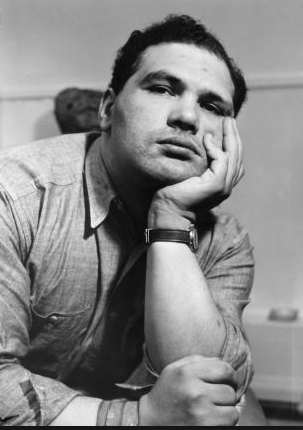
Eduardo  Luigi Paolozzi was born in 1924 in Leith, he became one of Edinburgh’s more famous artists and sculpturer. His parents, immigrants to Scotland from the remote Italian province of Frosinone, ran a small ice-cream pariour in Leith where Paolozzi was born.  He died in 205 in London  Paolozzi, regarded by many as the father of pop art in Britain, remains a significant influence on the younger generation of artists, partly because of his interest in technology.
1953 Helen Rose Quilietti was born……..yippee
1954 Edinburgh is twinned with Munich , Germany
1958 Edinburgh is twinned with Nice, France
1964 Edinburgh is twinned with Florence, Italy
1974 Edinburgh is twinned with Dunedin, New Zealand
1977 Edinburgh is twinned with Vancouver, Canada
1977 Edinburgh is twinned with San Diego, USA
1980 The City Art Centre opens on Market Street
1985 Edinburgh is twinned with Xi’an, China
1989 Edinburgh is twinned with Kiev, Ukraine
1989 Eduardo Paolozzi is knighted by Queen Elizabeth II and awarded the KBE
1991 Edinburgh is twinned with Aalborg, Denmark
1993 Irvine Welsh’s novel ‘Trainspotting’ is published
But what I really love about Edinburgh is its unique setting, nowhere I have ever visited has quite equalled its beauty. Â Old, new and newer all entwined in its being and all living in perfect harmony. Â Here are some of my favourite photos
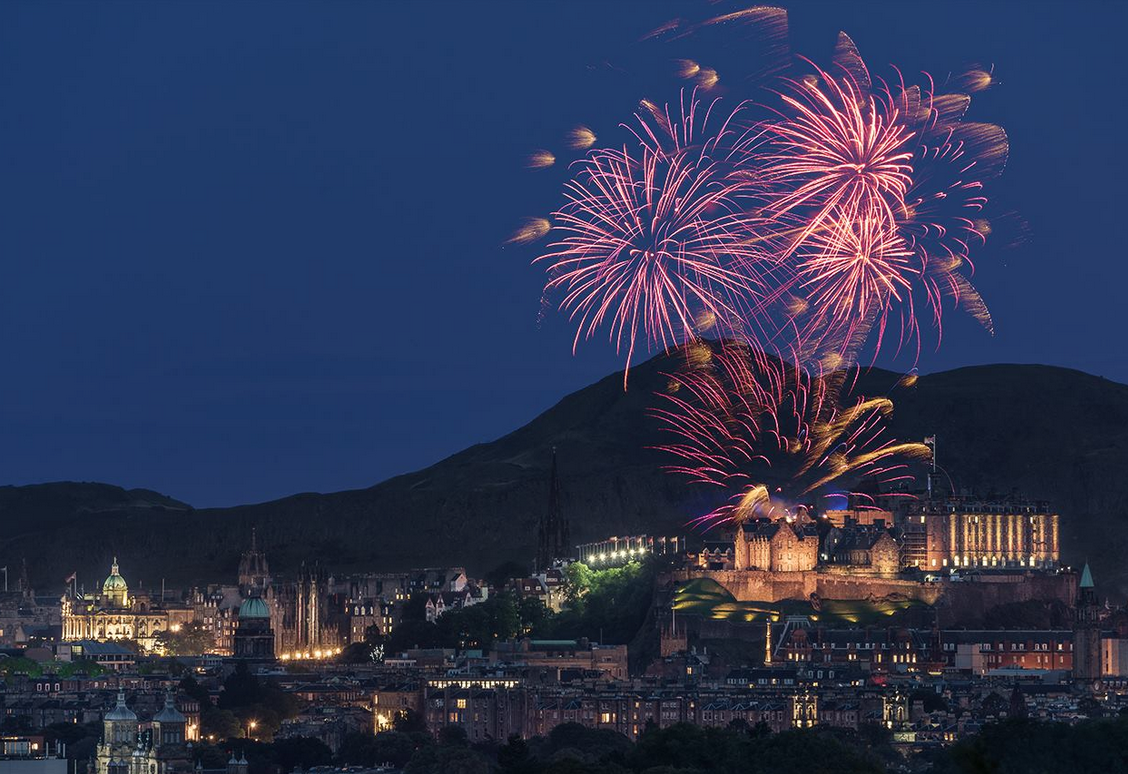
Festival City from Edinburgh & Beyond Photographers in Edinburgh – brilliant photo and wonderful site
Edinburgh has a long history, that pre-dates photography by many centuries. Yet, some of the buildings painted by the 17th and 18th century artists and photographed by the mid-19th century photographers can still be recognised today.
Edinburgh was originally a walled town, extending less than a mile down the ridge to the east from Edinburgh Castle. As recently as 1763, the area of Edinburgh was only about 1 square mile.
Its boundaries expanded gradually, and by 1840, when photography came to Edinburgh, the area covered was about 4 square miles. The City’s expansion, with the creation of the New Town, was well underway.
The population of Edinburgh has gradually grown. It was about 100,000 in 1811, 160,000 in 1841 and 270,000 in, and is about half a million today.http://www.edinphoto.org.uk/1_edin/1_edinburgh_history_-_dates.htm
Edinburgh Old Town is built on a ridge extending for about a mile down the slope to the east from Edinburgh Castle (with its buildings dating from the 12th century onwards) towards Holyrood Palace and Abbey.
The One ‘o Clock Gunis a cannon that, for over 140 years, has been fired from Edinburgh Castle to signal the time of day.
The houses in the Old Town were built high and close together, with narrow alleys, or closes, between. Landmarks on the Royal Mile, that leads from Edinburgh Castle include St Giles’ Cathedral, John Knox’s House, and White Horse Close.
Edinburgh’s New Town was built to enable Edinburgh’s inhabitants to live in more spacious surroundings, away from the unhygienic high-rise buildings of the Old Town.
The New Town consists of a formal arrangement of straight streets, squares and crescents, based on plan designed by James Craig in1766.
Princes Street was the location chosen by most of Edinburgh’s early photographers. For most of the length of Princes Street, there were buildings only on the south side. The top floors of these buildings would have been bright and have had an open outlook towards Edinburgh Castle.
Princes Street extended from St John’s church at the West End, past the National Galleries and the Walter Scott Monument towards the site where the North British Hotel, now the Balmoral Hotel, stands at the East End.
So Edinburgh in the 1800s was undergoing many changes. Â The New Town was blooming and the ault toon was crumbling around them. Â The great divide between the better off classes and the working classes had begun. Â Before this they would have all lived together in the towering skyscrapers with the better off high up the building and the lower classes living in the bottom part of the building. Â Human sewage was thrown over the windows and down to the streets below, streets where the children would be playing and people going about their day to day business.
Cholera, Typhoid and Tuberculosis were commonplace and lifespan, especially amongst the lower classes was very short.
Â
In the year 1824 Edinburgh suffered a great fire in the Old Town Centre between the High Street and the Cowgate and the famous Tron Church. Â Buildings crumbled to the ground and 400 families were left with nowhere to live. Â They would descend to the underground parts of the city which was still hidden beneath the pavements. Â This was the Edinburgh of the famous Burke and Hare who were put on trial for grave robbing and for the giving over of the bodies to the Doctors who worked further up the hill at the Surgeons Hall.
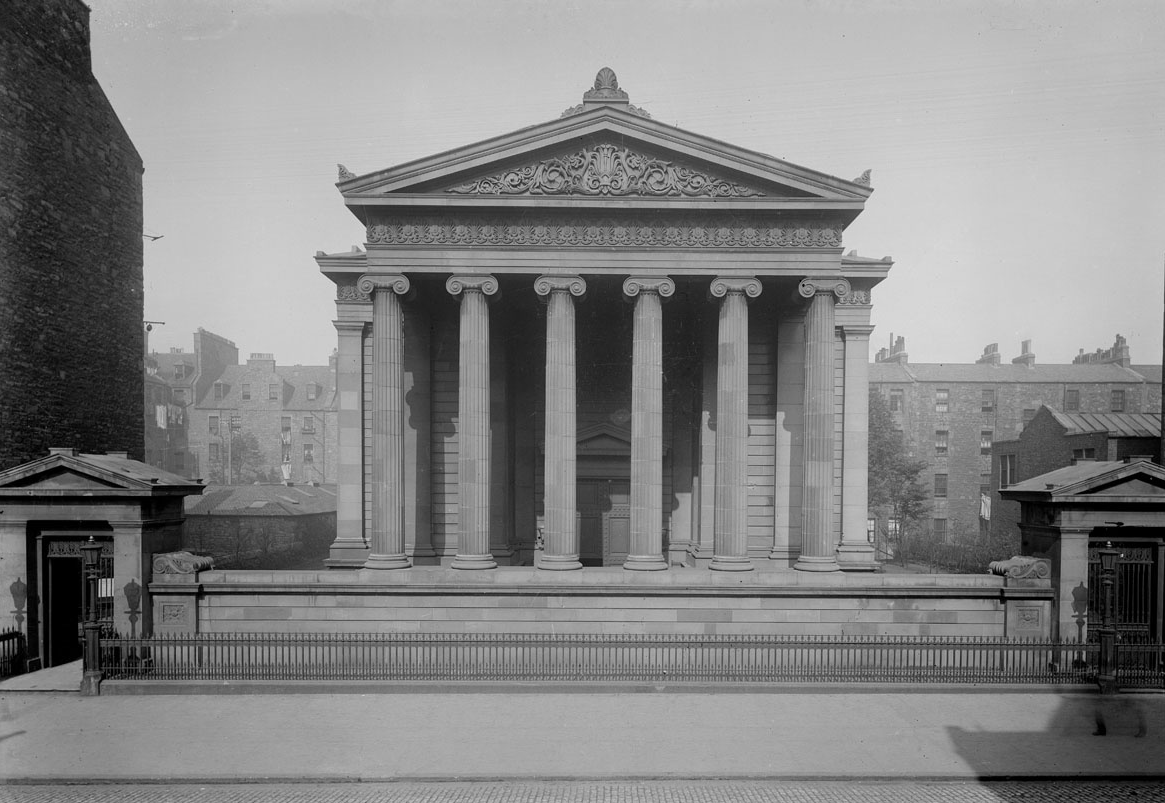
Surgeon’s Hall in the Southside of Edinburgh has many tales to tell. It is home to many Edinburgh folks who have donated their bodies to scientific research. Â You pass this building and never look at it – Â but it holds many secrets. Â The Hall also holds many plaster casts of folks who had horrible disabilities and which made them into some kind of ‘horrors’ to the residents of Edinburgh throughout the Victorian age and beyond.http://www.museum.rcsed.ac.uk/exhibitions-and-collections/key-collections/key-object-page.aspx?objID=1228&page=2Â
The Edinburgh Improvement Act was introduced in 1867 which resulted in more light and air being brought into the old Town of Edinburgh. Â Some of the older buildings in the West Port were demolished to allow for this to happen in the Grassmarket area of the town.
Houses were demolished in the area we now call Chambers Street and we were left with a wide open street where they opened the City’s Museum in the year 1875. Â This was the street where the Quilietti’s uncle Pietro Donati had his premises for his stucco plastering business which was well established in the year 1891. Â Emilio and Augusto Quilietti both worked with him on their arrival to this country.
Public executions were commonplace until the year 1864 in various locations throughout the old Town including the Grassmarket and the Lawnmarket. Â It was now just for murder that folk were executed but also for petty crimes such as housebreaking and theft, incest, piracy, horse stealing, highway robbery and even blood sucking. Â The punishment for any crime in those days was very serious indeed.
Edinburgh was indeed a dark place with many secrets and a history of stange and dark tales.
Edinburgh was by the 1880s in shock with the number of immigrants piling into the city. Â It had a great influx from Scots who had been driven off their lands after the Highland Clearances. Â The Irish had started arriving during the 1850s after the great potato famine which destroyed the crops, not only in Ireland but also in Scotland as well.
And the Italians who numbered only 506 by  the time of the 1891 census were just starting to arrive.  Edinburgh would have been home to maybe 300 Italian immigrants at this time.
Edinburgh must have been very strange to their eyes with their last skyscrapers, 14 flights high, and the dark stairs with no electric lights or inside sanitation. Â Disease was rife and life was cheap.
By 1890 Edinburgh was looking to the future and the Forth Rail Bridge was opened. Â Edinburgh was also one of the very first places to have the telephone, introduced in the year 1880. Â In the New Town they had introduced Electric Lighting to Princes Street, the rest was still served by gas. Â A beautiful portrait gallery was opened in Queen Street in the New Town and also the National Library on George IV Bridge opened. Â The Old Town was fighting back.
In the yeara 1897 the new North Bridge was opened
Surprisingly few visitors to the city make the climb to Arthur’s Seat and yet the views on a clear day across the city to the River Forth and beyond to Fife, are tremendous. The mountains of the Trossachs arae clearly visible in the background.
The numerous branches of our family all really arrived in Edinburgh circa 1840 onwards.  The Quilietti’s arrived in 1887.  The Brattisanis earlier in the 1870s.  The Morrison family had already started to come down from the north around  1850 as did the Sutherlands, due of course to the Highland Clearances.  The Stantons came from Ireland in 1850 due to the potato famine killing their crops.
This Edinburgh was one million miles short of what we have todayhttp://www.edinphoto.org.uk/1_edin/1_edinburgh_history_-_leith_dates.htm
Some more famous folks who live in our wee city today
J K Rowling
Ian Rankin
Shirley Manson of Garbage
Irvine Welsh
Stuart McQuarrie from Trainspotting
Ronnie Corbett
Mike Scott of the Waterboys
John Leslie
Grant Stott
Gail Porter
Finley Quaye
Ken Stott
Hannah Gordon
Bridget Forsyth from the Likely Lads
Nicky Campbell
Ewen Bremner
Rory Bremner
Magnus Magnusson
Alexander McCall Smith
Scott Hastings
Chris Hoy
Graeme Souness
Gordon Strachan
David Wilkie
Edwyn Collins
Richard Demarco
Scott Hastings
Andy Irvine
Ludovic Kennedy
Lou Macari
Peter Marinello
Kenny Miller
Garry O’Connor
Malcolm Rifkind
Derek Riordan
Pat Stanton
Allan Wells
Mickey Weir
Tam White
Jocky Wilson
Keith Wright
John Robertson
David Murray
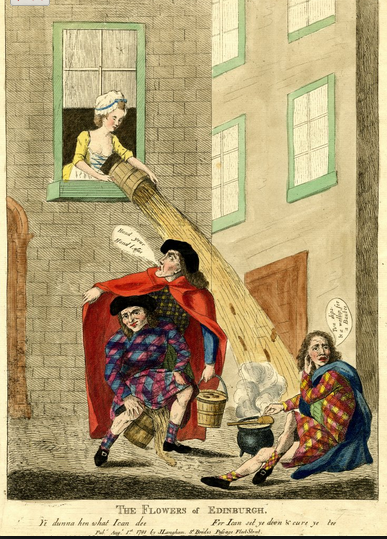
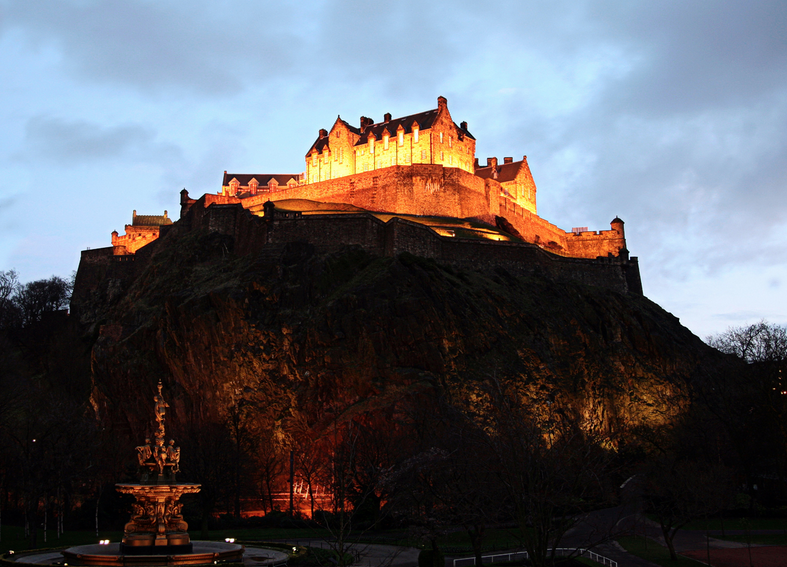

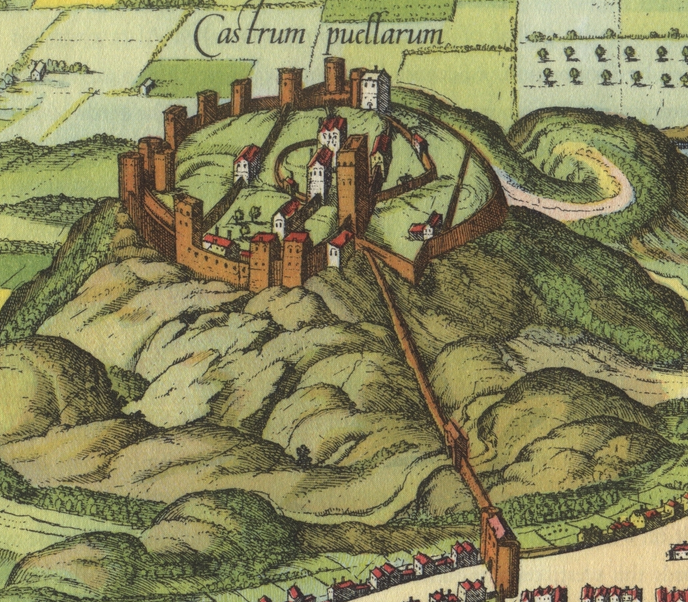
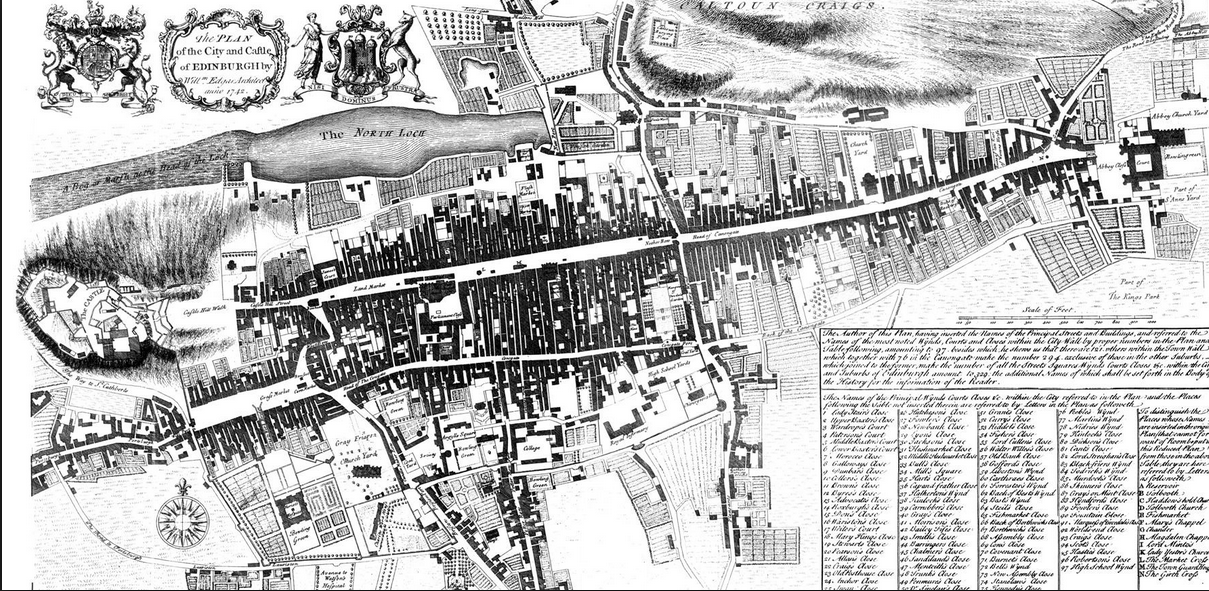
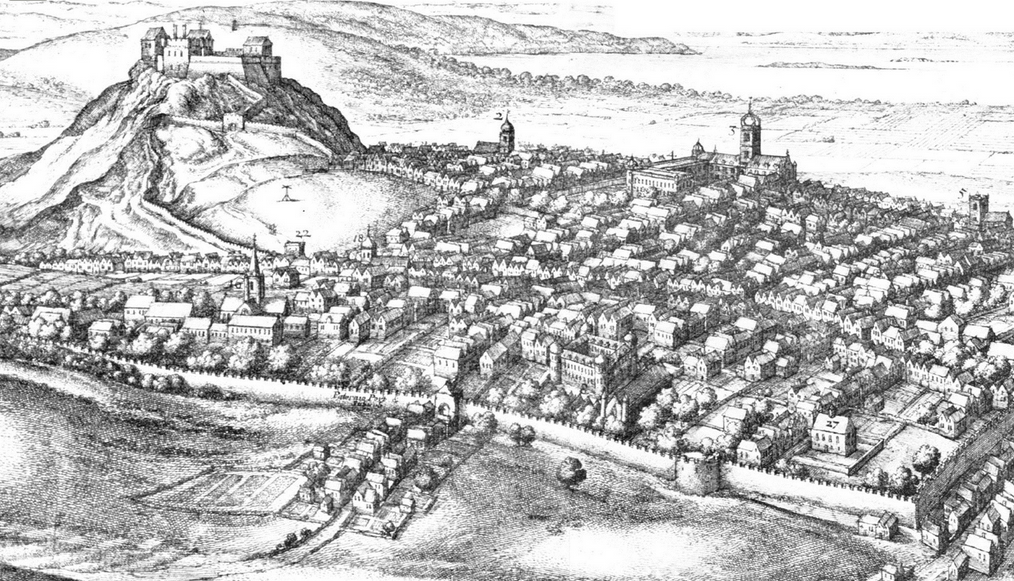
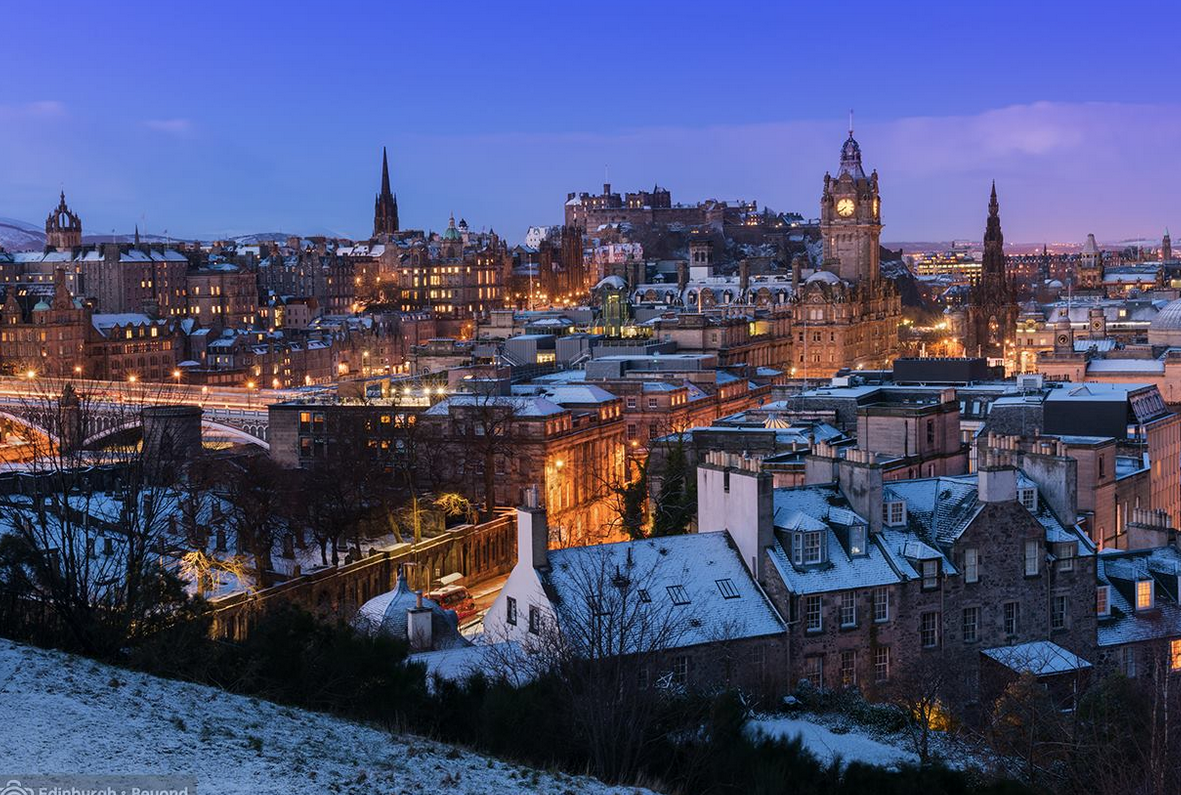
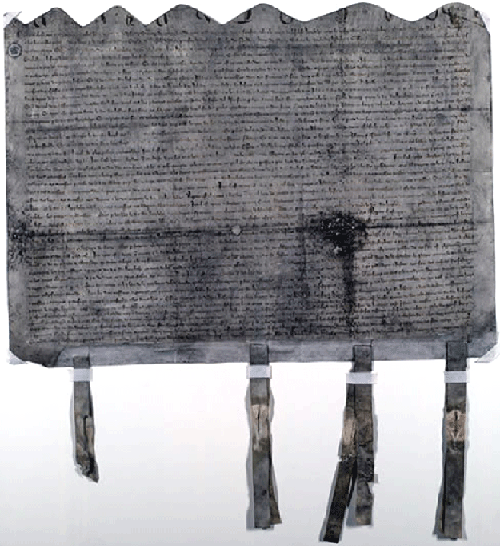
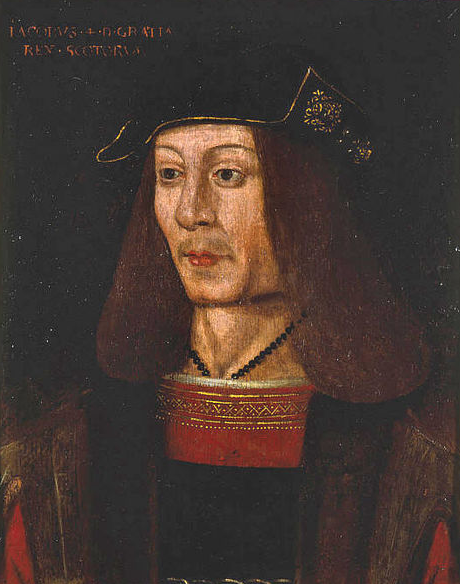
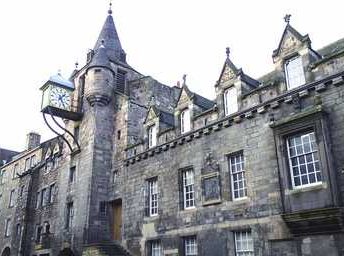
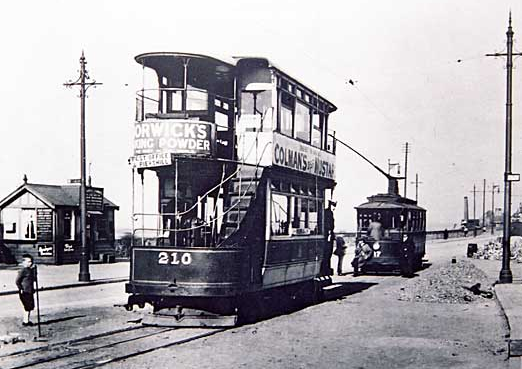
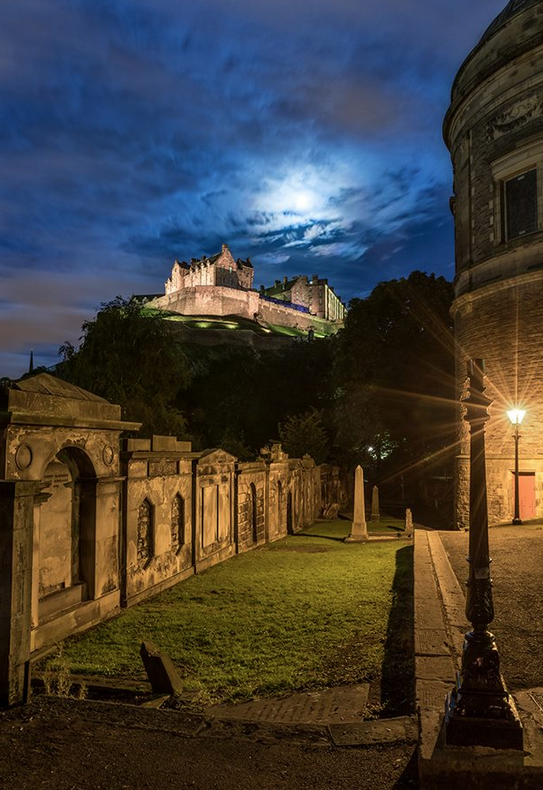
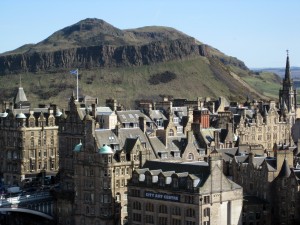
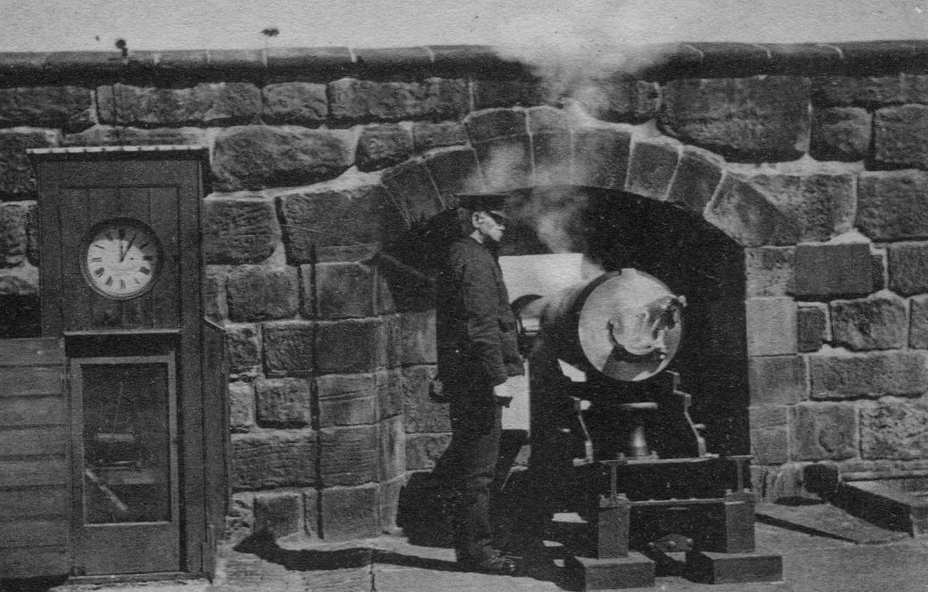
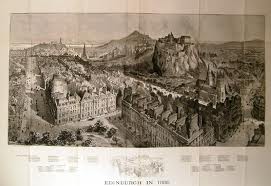
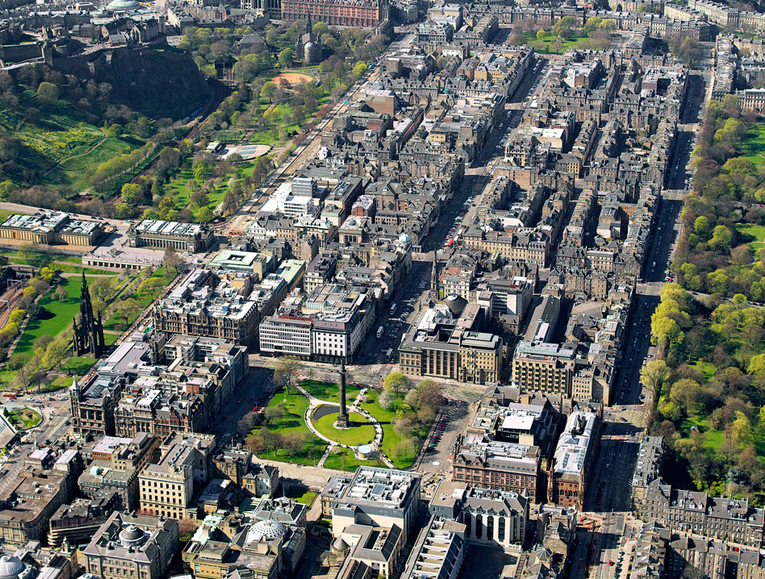
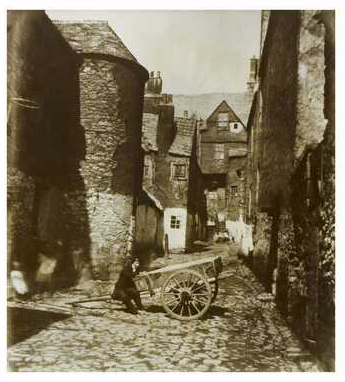
Leave a Reply